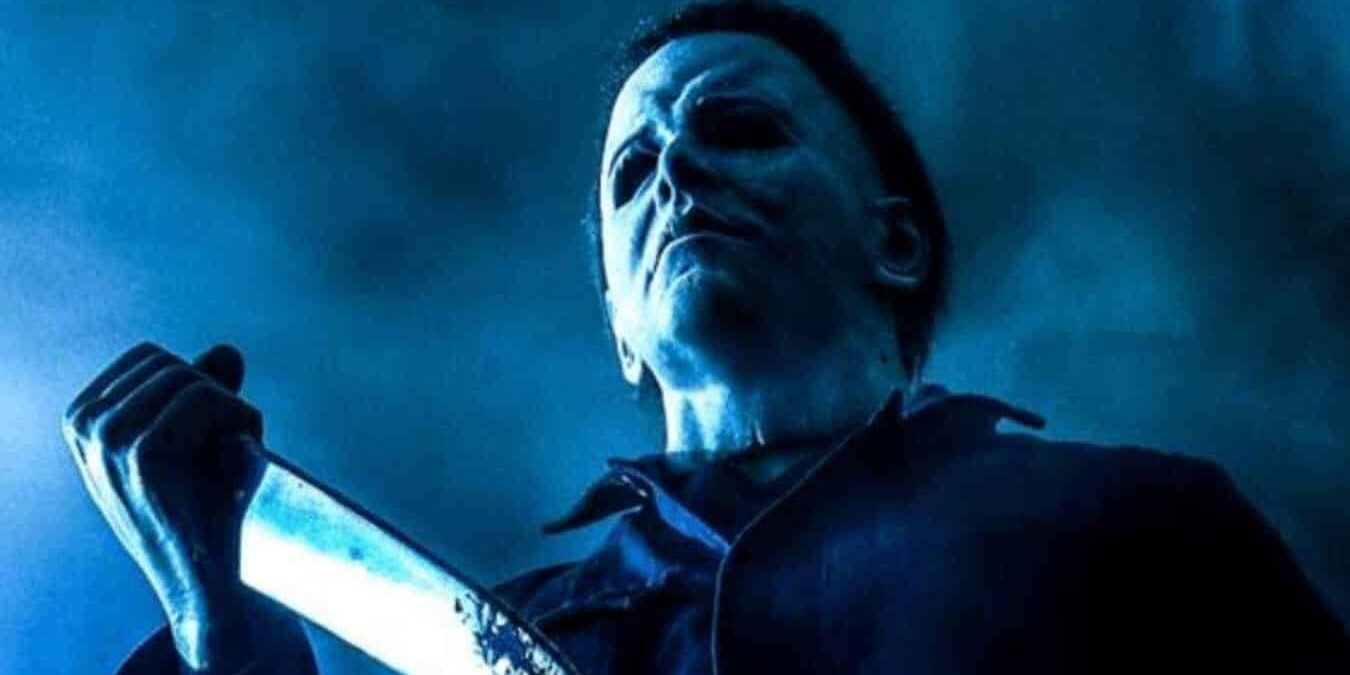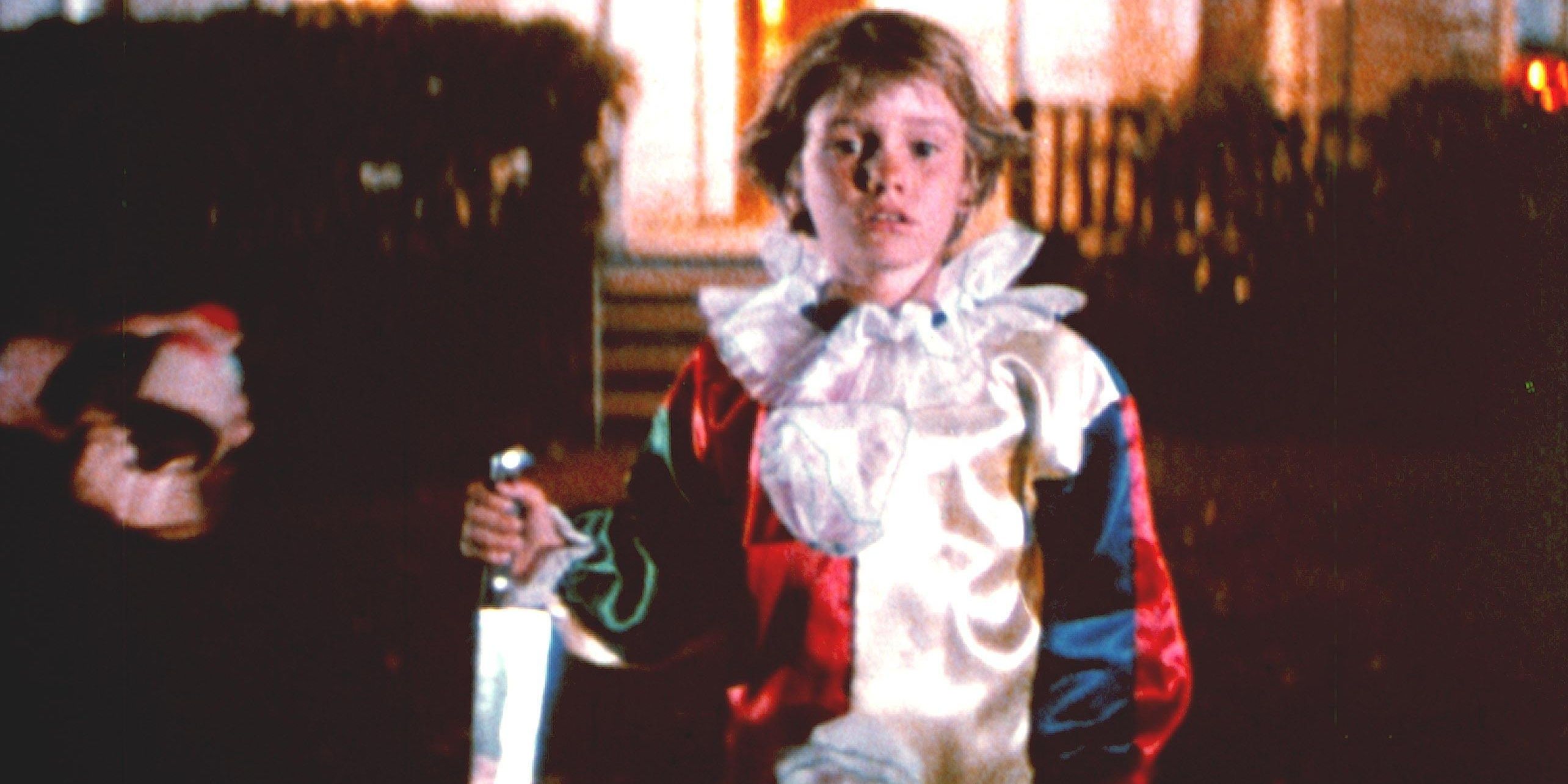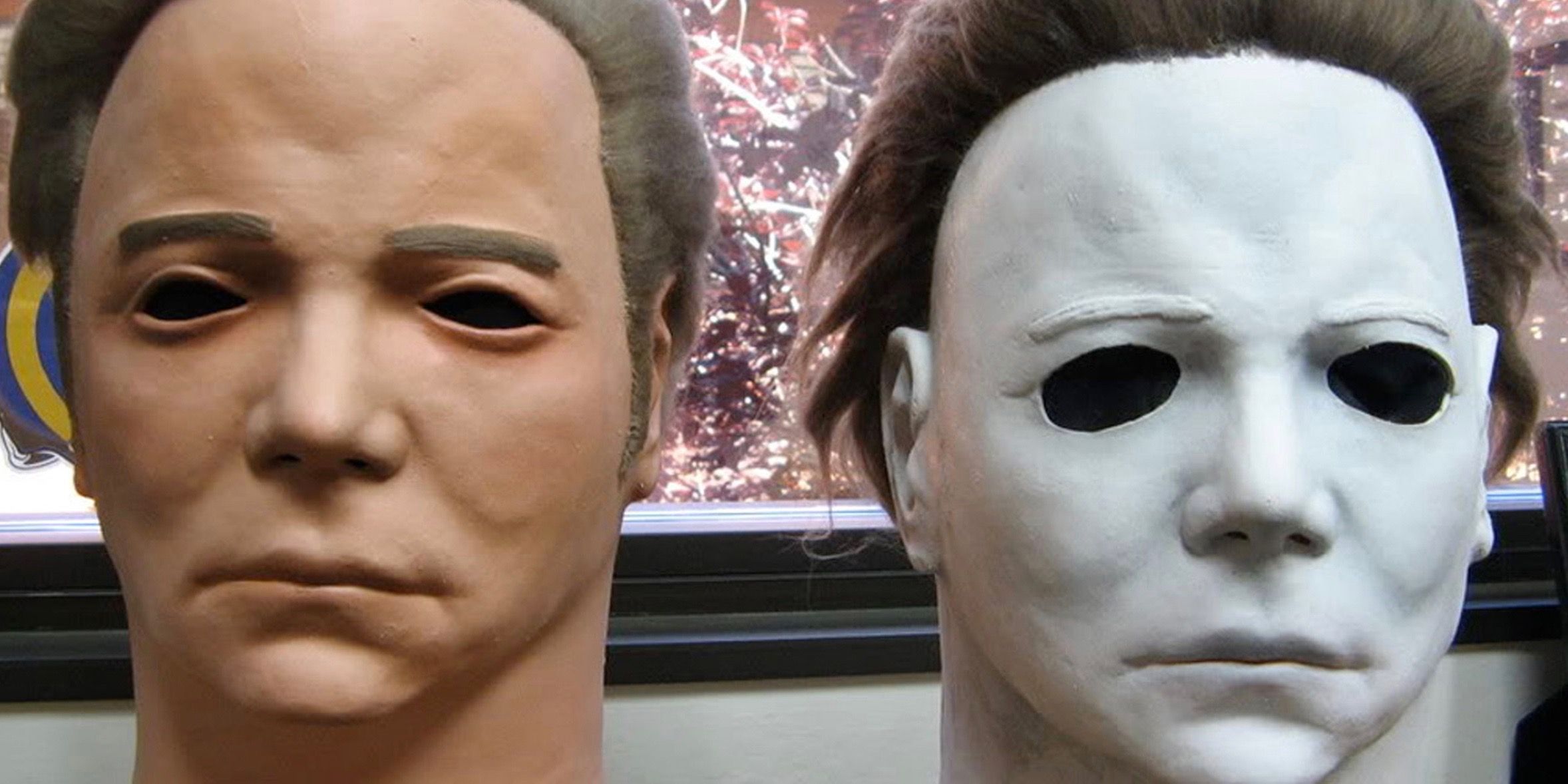Was Michael Myers always evil? The original Halloween movie came out in 1978, directed and co-written by John Carpenter. Carpenter also directed other cult-classic, horror films—like the 1982 film, The Thing. Both films followed the trend of their time, where an unstoppable and unkillable monster or person would go on a killing rampage with no apparent motives other than pure evil or some type of revenge.
Michael Myers was first introduced in the Halloween franchise as a six-year-old boy with blond hair on Halloween night. Michael’s older sister named Judith was supposed to be babysitting him and his baby sister, Laurie (who was adopted), while their parents were at a Halloween party. Instead, she was spending a romantic evening with her boyfriend. In Rob Zombie’s 2007 Halloween remake, it is revealed Michael may have had some trouble with bullies in addition to some family troubles or possible abuse and neglect. Michael snaps and stabs Judith to death with a kitchen knife, goes outside, and waits till his parents come home.
Michael Myers is then put away in a mental institute where he spends the next fifteen years. On All Hallow’s Eve, Michael escapes Smith’s Grove Sanitarium to go after his adopted sister Laurie. From here, the next movies get a little messy, and they create entire plotlines that are later rejected, explained away, or altogether ignored. The Halloween franchise is guilty of some of worst Retcons in movie history, but the original 1978 movie was so iconic that the franchise deserves its place in fame. Regardless, Michael Myers was indeed human, yet he portrays characteristics within the films that show he may be something more than human. Or, at the very least, he is possessed by some sort of evil spirit which gives him inhuman strength and immortality. This is why he is seemingly unkillable.
Michael Myers was only six when he began making claims of suffering from bizarre and inexplicable dreams. He also said there was a “voice” inside his head that told him what to do, and it told him to say that he “hates people.” Inside Michael’s dreams were images of a similar story from long ago—a teen boy named Enda who was rejected by a girl named Deirdre, and he reacted by brutally murdering her during Samhain. Samhain is the real-life Gaelic festival that begins on the evening of October 31, and ends on November 1. It is a day to mark the ending of the harvest season and the beginning of winter referred to as “the darker half of the year.” In a later film, the character Jamie begins showing signs of being possessed by whatever this demonic spirit is that inhabited both Enda and Michael when she picks up a knife.
Why does Michael Myers walk instead of chase after his victims? When Jamie picks up the knife, she appears to go into a state where she has a blank expression with limited or slow movements. Like with Michael Myers, this state is known as catatonia. Catatonia is “abnormality of movement and behavior arising from a disturbed mental state (typically schizophrenia). It may involve repetitive or purposeless overactivity, or catalepsy, resistance to passive movement, and negativism.” This may be what causes Michael Myers to move slowly. The blank stare the characters show after being possessed by the spirit that causes catatonia was taken from a memory of a real encounter John Carpenter had as a student in college. Carpenter’s class visited a mental institution for a psychology class where he encountered a patient who gave him a deadpan stare that frightened him.
In the documentary entitled A Cut Above The Rest, Carpenter said the young teen boy had “this blank, pale emotionless face. Blackest eyes. The devil’s eyes. I spent eight years trying to reach him and then another seven trying to keep him locked up, because I realized what was living behind that boy’s eyes was purely and simply evil.” This was the true inspiration for the story and character of Michael Myers, though there is an urban legend of a real-life boy named Stanley Stiers from 1923 who many believe the movie Halloween is actually based on.
However, there is no evidence to suggest the boy ever lived at all, which has led to the collective conclusion that the story is fake. In any case, Stanley was a boy who was severely bullied by both school students and his parents and sister. On Halloween night when he was not allowed to go trick-or-treating like his sister was, he snapped—killing his sister, parents, and as many school kids out trick-or-treating as he could. There are many similarities to this story and Halloween, but it has not been proven.
Underneath the mask, actor Nick Castle played the masked version of Michael Myers—sometimes called The Shape. Actor Tony Moran played Michael as the unmasked mental institute patient before he broke out. And child actor Will Sandin portrayed the 6-year-old Michael from that first fateful Halloween night. The iconic mask itself is another interesting story. Because the budget for the film was so tight (only $325,000), production designer Tommy Lee Wallace bought a William Shatner Star Trek mask for a mere $2 from a costume shop. To make the mask scary, Wallace cut out the eyes for a wide-eye, inhuman look. He also removed the eyebrows and sideburns, painted the mask an emotionlessly flat grey, and roughed up the hair.
Michael Myers from Halloween was not always evil. Either through environmental problems (such as mistreatment) or a demonic spirit from long ago, Michael Myers became evil. The story was not exactly based on a real-life person, though inspiration was drawn from a mental patient the director encountered from his college days.



